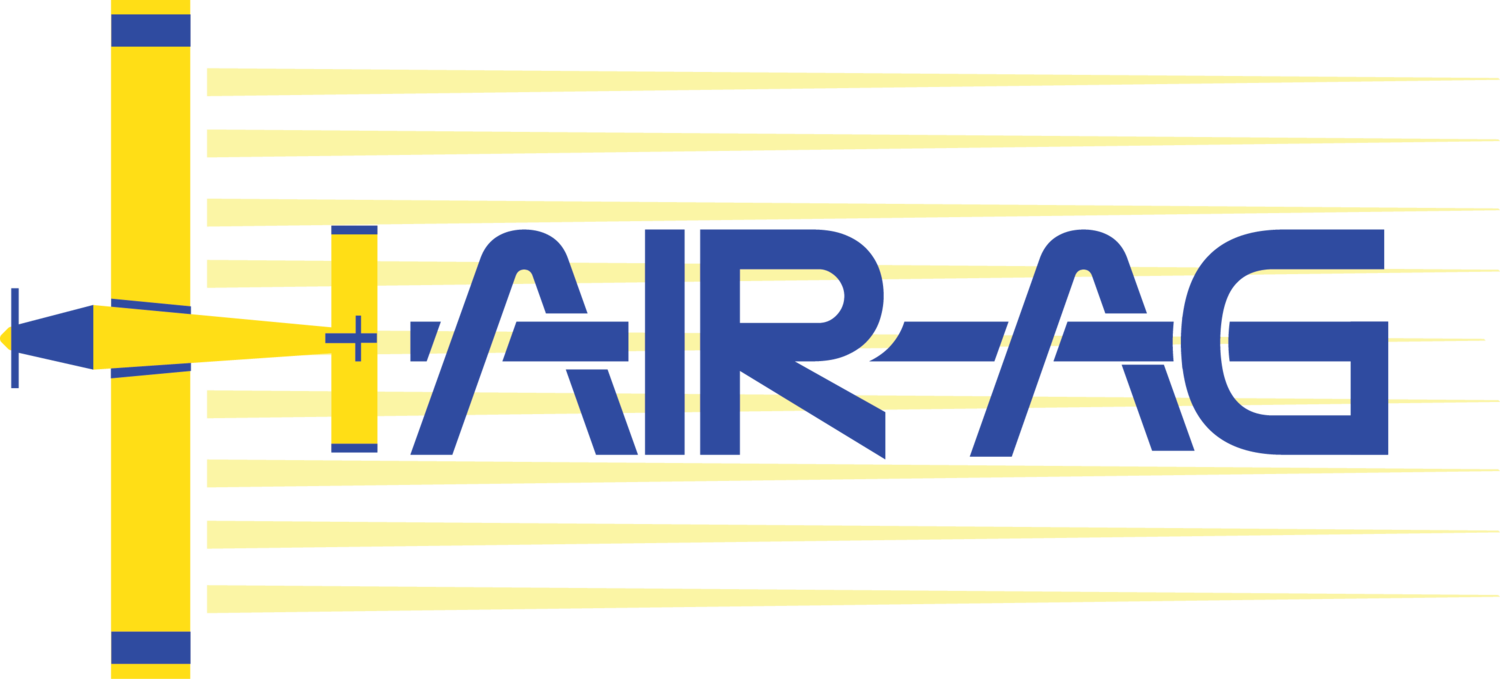
Aerial Spraying
All types of spraying. Air Ag can undertake all types of aerial spraying. Our equipment can handle all volumes from Ultra Low Volume (ULV) of a few litres per hectare up to high volume applications.
Latest technology We use the JARBA boom which is the only available technology that ensures accurate flow control and droplet size control during the application. Flat fan nozzles ensure that an even spray spectrum is achieved with minimum driftable fines.
Day and Night Operations Aircraft and Pilots are qualified to undertake night operations in suitable paddocks. Night operations allow for spraying in more suitable conditions during the hot summer months. Paddocks must meet certain conditions before they can be sprayed at night and strict procedures are set to ensure suitable weather conditions exist for safe spraying.
Spraying Pesticides from the air has many advantages:
Speed of application. Large areas can be covered quickly. This allows the client to take advantage of very small windows of opportunity such as weather conditions or pest growth cycle. Pesticides can be applied at lower rates if pests can be treated before they get out of hand.
Travel over wet fields. Wet soil can be treated soon after rain events before wheeled vehicles can travel on the field
No Soil Compaction. Aircraft don't cause soil compaction due to wheel tracks
No Crop Damage. Damage from wheel tracks can be substantial, depending on crop stage and soil condition
No dust problems. Some herbicides such as Glyphosate are affected by dust on the target. Aircraft do not have this problem
Reduced effect of poor quality water. Some pesticides are affected by poor quality water supply. High Ph or contaminates such as dirt or calcium can reduce the effect of many pesticides. Aircraft have the advantage in that they use less water and the load is sprayed out very quickly. Both these factors are known to reduce the negating effects that poor quality water has on some pesticides.
